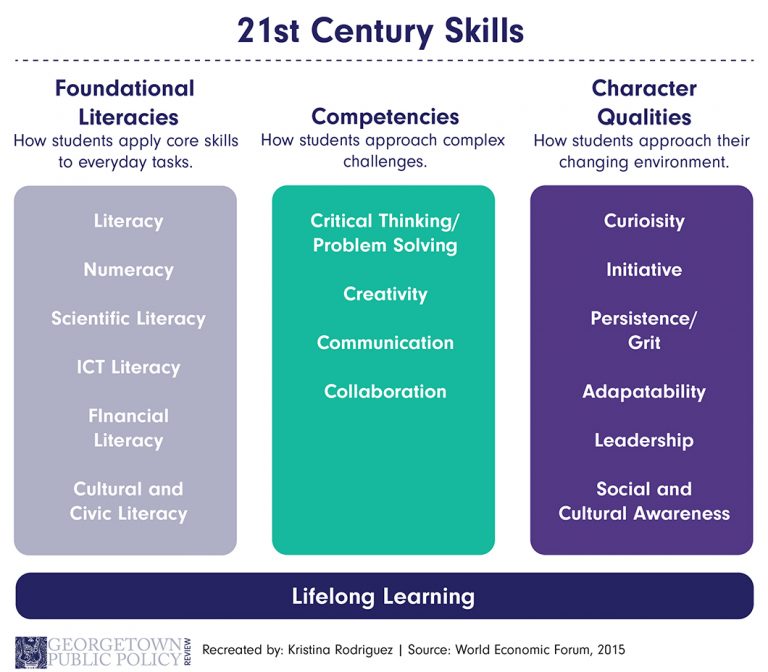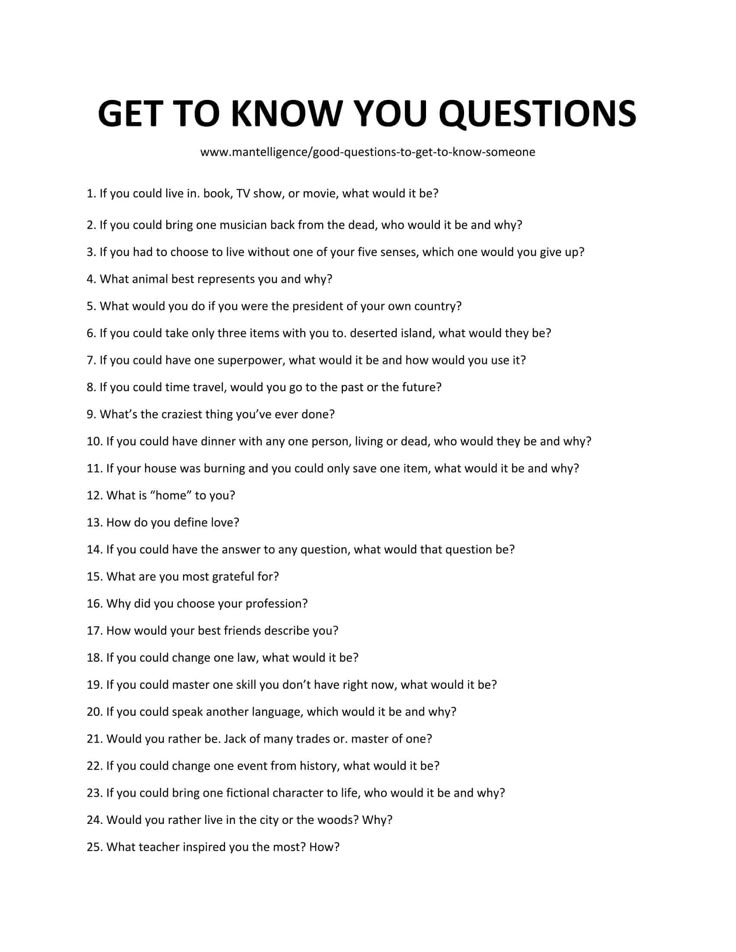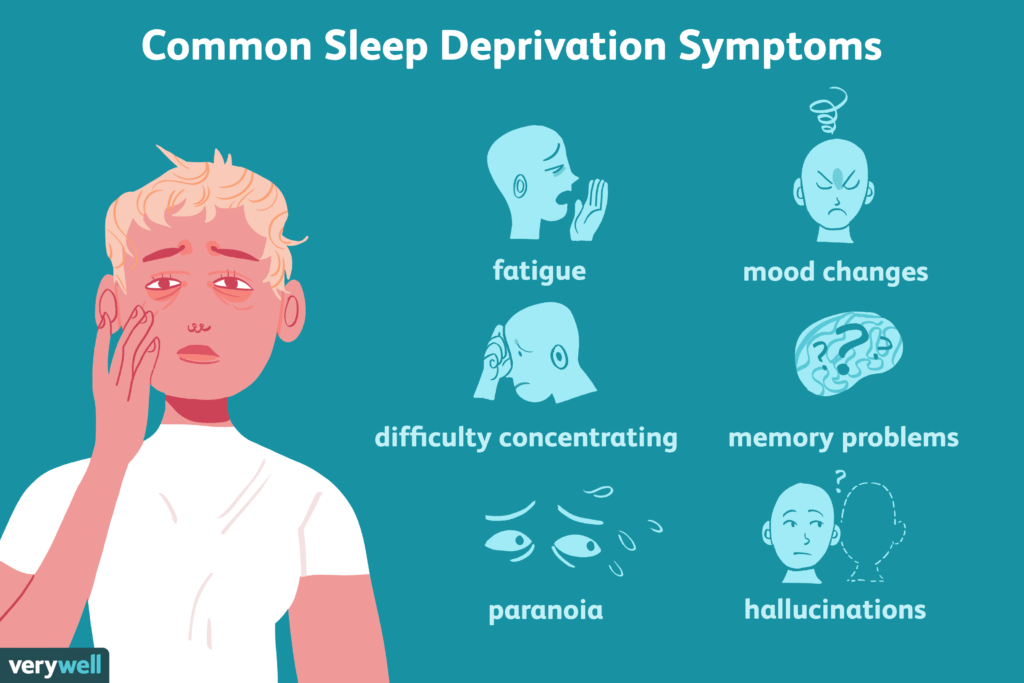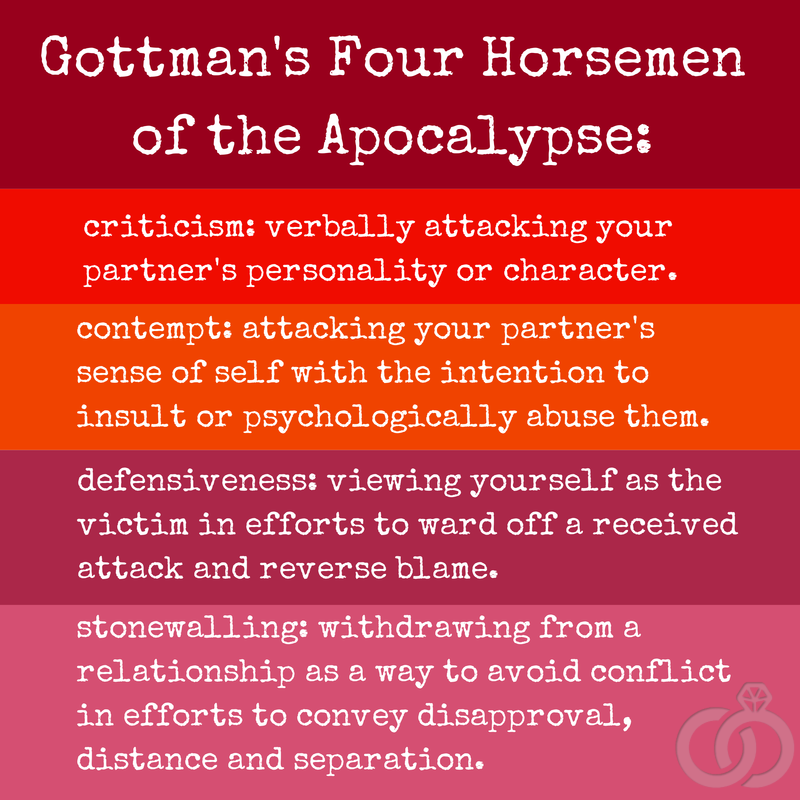Characteristics of counselling
12 Traits of an Effective Counselor
Education plays a vital role in allowing you to pursue your dream career of becoming a counselor. However, there are some skills you need to learn outside the classroom that will have a tremendous impact on your ability to work with clients and truly help them.
Let’s walk you through some critical traits you want to build to be ready to help clients.
The Qualities of a Good Counselor
These soft skills and interpersonal skills of a counselor will go a long way in helping them excel in their position. Here are 12 key qualities of a good counselor that you should work to cultivate as a professional:
Communication skills
Communication skills will play a key role in your relationship with your clients. You need to know how to confidently set boundaries, communicate ideas, and provide guidance to the person before you without harshness or condemnation. Your communication should help patients understand they can trust you to listen and provide expert advice.
Patience
Patience will become a critical trait as a counselor. You will encounter clients who struggle to make progress or who make decisions that do not benefit them. As a counselor, you must have the patience to walk them through their struggles so that they can find their way to a healthier life.
Confidence
Counselors must be confident in the services they provide and how they help clients. When someone comes to you for help with a particular issue, you are there to provide them with clear guidance and assistance. As a professional, you should always look for ways to improve your skills and learn about some of the latest breakthroughs in the field. After all, confidence does not mean knowing everything there is to know. It does mean, however, understanding how to help your clients and coming to each session with a plan and confidence in your understanding.
Non-judgmental
Counselors also regularly meet with clients who have made choices that they do not agree with.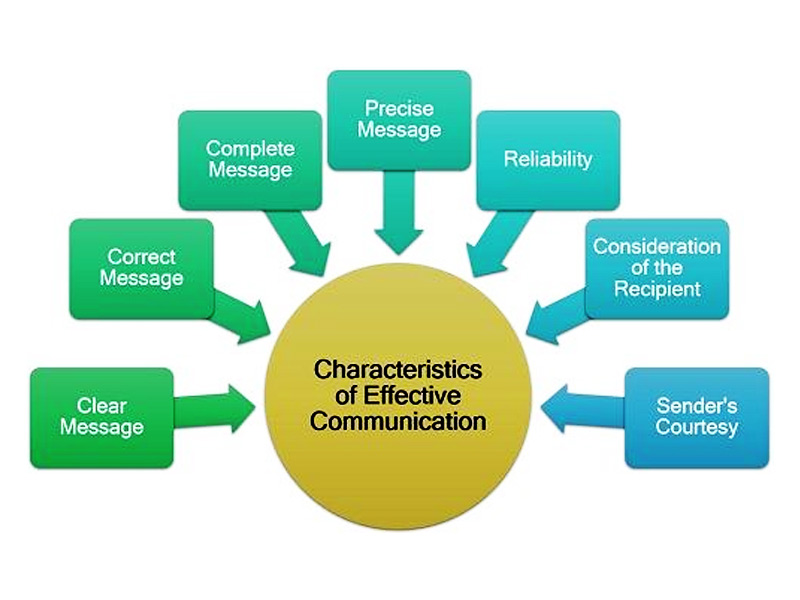 The counseling session, however, is not about letting the client know what they have done wrong. Instead, you want to focus on leading the client towards a future where they feel confident and empowered enough to make positive changes for themselves. If the client feels judged, it can put a major obstacle to the progress you can make together as a counselor and client. Instead, you want to nurture a relationship where the client feels comfortable being open.
The counseling session, however, is not about letting the client know what they have done wrong. Instead, you want to focus on leading the client towards a future where they feel confident and empowered enough to make positive changes for themselves. If the client feels judged, it can put a major obstacle to the progress you can make together as a counselor and client. Instead, you want to nurture a relationship where the client feels comfortable being open.
Observant
Sometimes, as a counselor, you will encounter situations where people might not tell you the entire truth. Your powers of observation, however, can help you fill in the gaps and find ways to better help your clients. Learning how to read body language—such as signs of struggles with substance abuse and indications of domestic abuse—can also provide you with valuable insight into your client. It will help you guide conversations and treatment plans so that you can help them in the most effective way possible.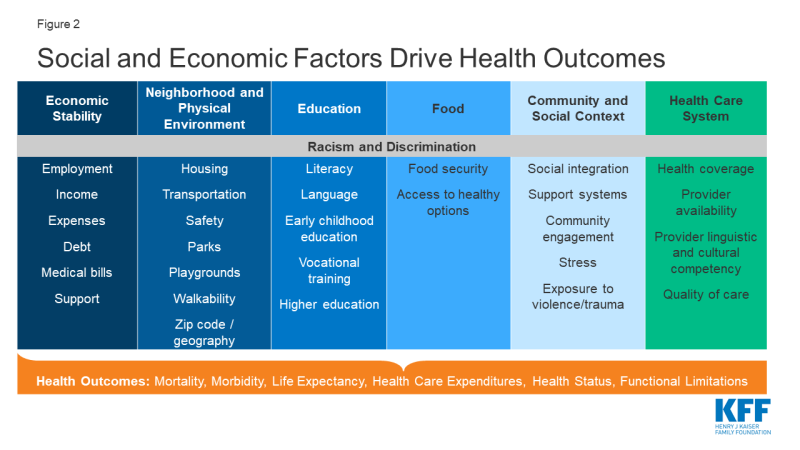
Listening Skills
Knowing how to sit and really listen to what your client has to say can help to establish trust and understanding between you and the client. The patient will feel relaxed and able to share their thoughts, emotions, and experiences. The information you gain as a listener can help you better understand your client and what has brought them to your office, so that you can start to determine their treatment path and how to help them.
Trust
Clients who come to your counseling door suffer in some way. Whether they struggle in their relationships with others, have a mental illness, or have a substance misuse problem, for example, your clients have to know that the person they choose to open up to is worthy of their trust. As a counselor, you need to let your client know they can trust you by using good listening skills, creating a welcoming environment, and demonstrating your dedication to helping them. Demonstrating your respect for important principles, such as confidentiality and showing that you prioritize them can also help build this trust.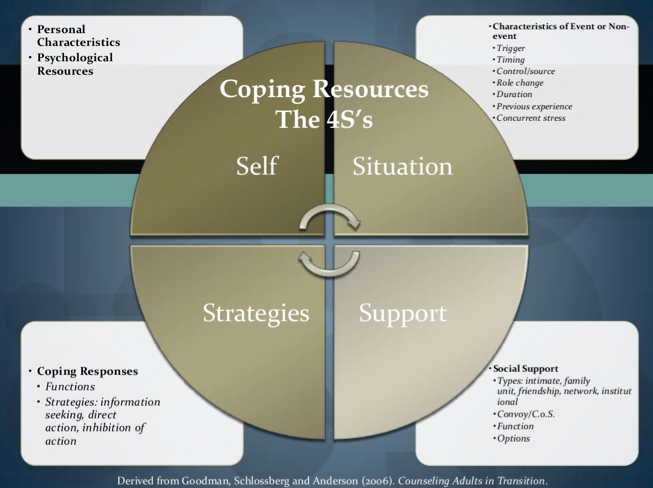
Respectful
You also need to focus on showing your clients that you respect them as people. Shame can result in people being more at risk for mental health challenges, such as anxiety or depression. As a counselor, although you might not be able to prevent a person from being embarrassed by their actions, your response to such situations, and demonstrating respect regardless of their mistakes, can help guide them past their shame.
Acceptance
As a counselor, you also need to demonstrate an open and accepting attitude towards your clients. Everyone who comes into your office should know that you are ready to meet them where they are. You understand that they have experienced stress and trauma, but as an effective counselor, you accept them as they are and want to help them heal.
Self-aware
As a counselor, you also need to be well aware of your own struggles. For example, roughly 1 in 7 children experienced some type of abuse or neglect in the past year alone.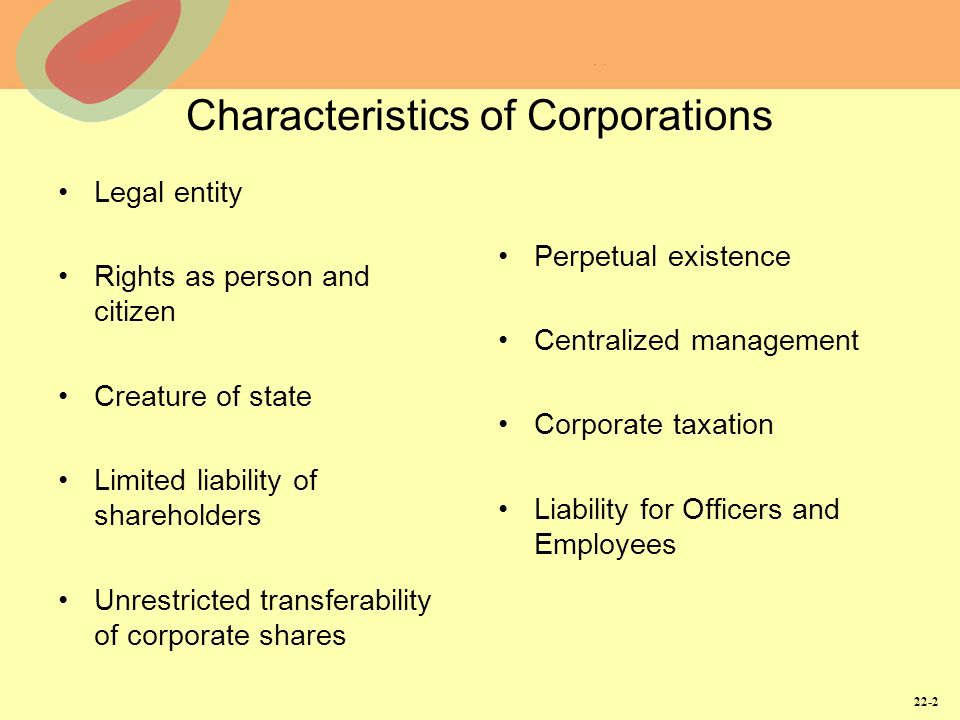 When dealing with these common sources of trauma, the issues your clients struggle with may also be issues you have intimate experience with, either personally or through someone you are close to. As a counselor, you must have the self-awareness necessary to know how these stories might impact you and how to separate your own experiences so that you do not allow them to impact the care you provide. Many counselors report that their own experiences have encouraged them to enter the field, so know how you can use these experiences to strengthen your own practice, rather than allowing it to become a hindrance.
When dealing with these common sources of trauma, the issues your clients struggle with may also be issues you have intimate experience with, either personally or through someone you are close to. As a counselor, you must have the self-awareness necessary to know how these stories might impact you and how to separate your own experiences so that you do not allow them to impact the care you provide. Many counselors report that their own experiences have encouraged them to enter the field, so know how you can use these experiences to strengthen your own practice, rather than allowing it to become a hindrance.
Appreciating of diversity
You will encounter clients from all walks of life. They will likely come from a variety of different backgrounds culturally, ethnically, and socioeconomically. Differences in gender expression and identification, as well as sexuality, will also come through your door. As a counselor, you must be welcoming of this diversity. Being appreciative of this diversity will help you be open and accepting to each client so you can give them the care they deserve.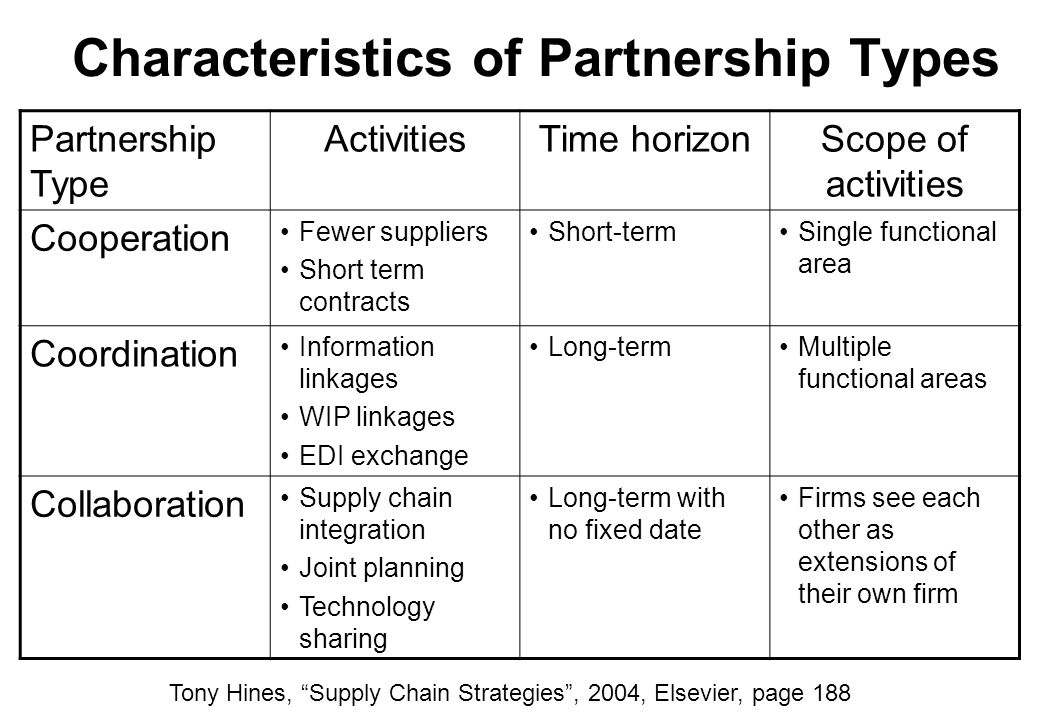
Empathetic
Finally, you want to make sure you are empathetic. While boundaries remain important, let your clients know your compassion and empathy for their situation. Demonstrate your dedication to guiding them through their struggles so that they can find their way to a healthier situation.
Preparing for Your Career as a Counselor
As a counselor, you have the chance to change people’s lives, help them navigate the challenges they face, and equip them with the tools they need to move forward. When you work to harness these important traits as a part of your training, you will find that you can greatly increase the effectiveness of your practice and the bond you form with clients.
To help you become the best counselor possible, focus on cultivating these skills while you prepare with a rigorous education like the master’s degree program at Post University. With online options that help you earn your degree on your schedule, you can prepare to take the next step in your career.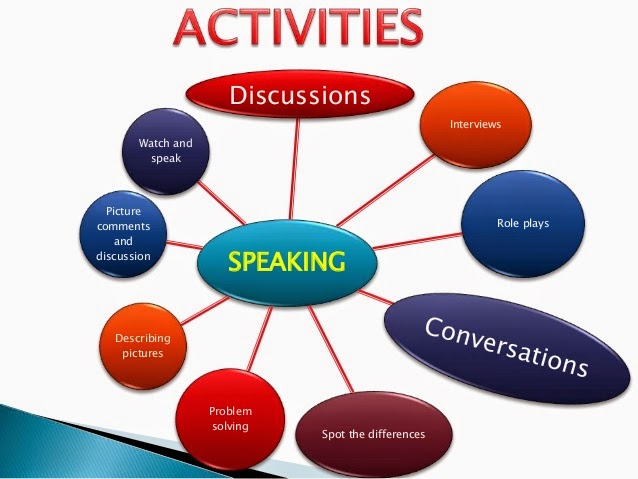
Thank you for reading! The views and information provided in this post do not reflect Post University programs and/or outcomes directly. If you are interested in learning more about our programs, you can find a complete list of our programs on our website or reach out directly!
Characteristics of Effective Counseling and Counselors
Counseling, therapy, and psychology are often stereotyped by society with misconceptions and stigma.
However, effective therapy, quality counseling, and psychotherapy are about a relationship, developing skills, learning techniques, and improving the concept we have of ourselves and the world around us.
Effective counseling helps relieve distress, build resilience, improve self-esteem, and ultimately improve lives. The more successful this process is, the easier it is to prove misconceptions wrong and see and accept therapy and counseling in their true light.
So then, let’s look at some of the characteristics, traits, and techniques of effective counselors.
Before you continue, you might like to download a few Positive Psychology Exercises for free. These science-based exercises explore fundamental aspects of positive psychology, including strengths, values, and self-compassion, and will give you the tools to enhance the wellbeing of your clients, students, or employees.
This Article Contains:
- 3 Characteristics of Counseling
- 6 Characteristics of a Good Counselor
- What Is Non-Directive Counseling?
- Group Counseling Session Characteristics
- Common Characteristics of Clients
- A Take-Home Message
- References
3 Characteristics of Counseling
Counseling is a process between a client and therapist to explore difficulties, learn to see things clearly, and facilitate positive change (Sexton, 1996).
The process is built on a relationship of trust, confidentiality, and mutual respect. The practice of counseling has roots in humanistic, behavioral, and cognitive traditions.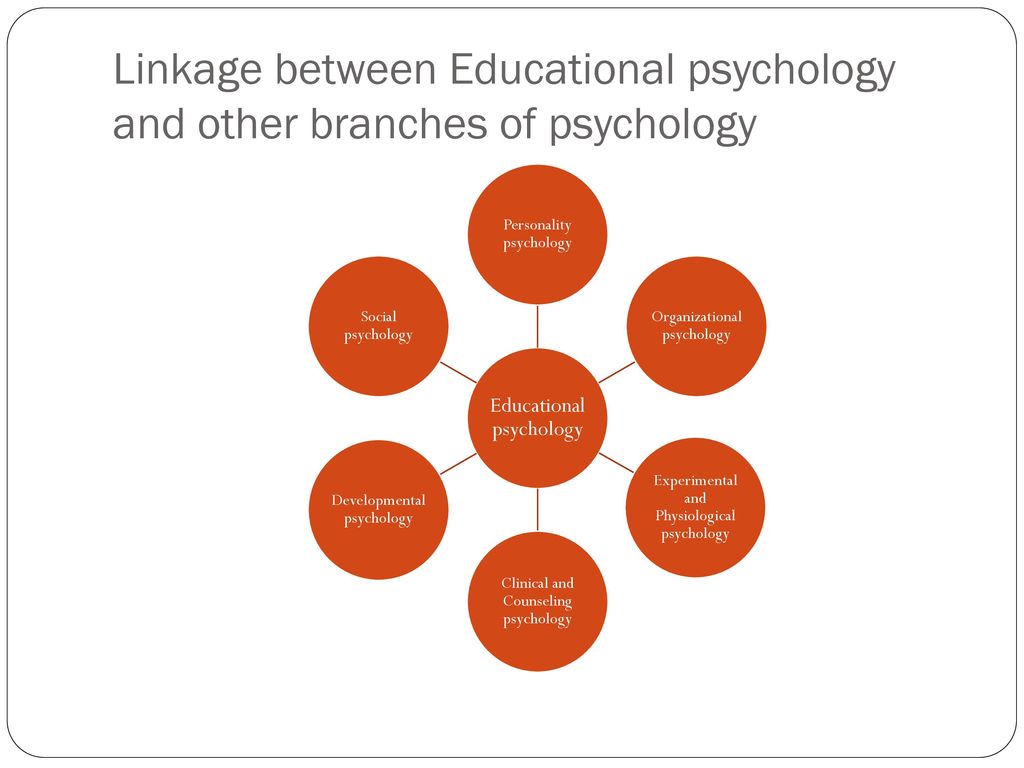 All of which are also seen and utilized in positive psychology.
All of which are also seen and utilized in positive psychology.
There is plenty of research to support practical approaches to counseling. The term “best practices” signifies that empirical evidence supports the effectiveness of specific approaches and techniques.
Evidence-based counseling supports both the art/science and the research/practice components of the field. Research clearly supports the benefits of individual, group, and family counseling for a wide variety of issues.
It is specifically important to match certain client problems with specific counseling approaches to obtain the best outcome (Sexton, 1996).
Theoretical orientation and effective counseling
A few common factors of effective counseling matter a great deal more than the specific theoretical orientation. Theoretical orientations can, however, emphasize the environment/background, emotions, behavior, or thoughts.
Psychoanalysis, as well as Jungian and Alderian psychology, are theoretical orientations that emphasize background.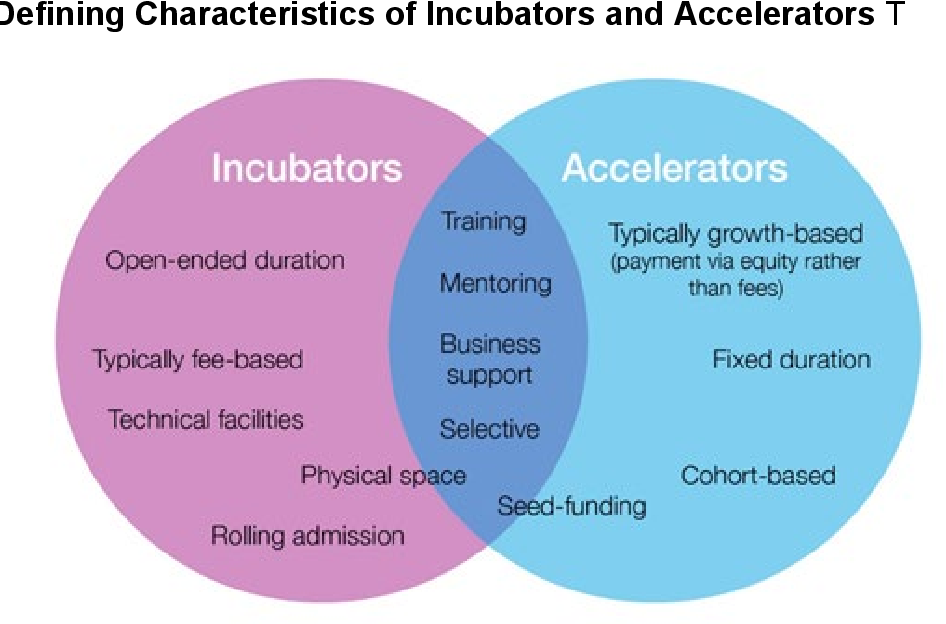
Emotion-based theoretical approaches are Rogerian (or person-centered psychology), existential psychology, and gestalt therapy.
Cognitive therapy and rational-emotive behavioral therapy focus on thoughts.
Approaches that focus on thoughts and behaviors include Cognitive-Behavioral Therapy (CBT), Dialectical Behavior Therapy, Acceptance and Commitment Therapy, and solution-focused brief therapy.
Common factors
Lambert (1991) found that 30% of effective counseling outcomes come from “common factors” – 15% from the client’s expectations and 15% from specific psychological techniques.
The common factors can be broken down into three broad areas:
- The value of learning or psychoeducation. This is done through affective experiencing, correcting emotional experiences, and skill acquisition.
- The supportive value of a collaborative counseling relationship, or what Carl Rogers called the therapeutic alliance.
- Action occurs through behavior change, creating successful experiences, behavior regulation, and mastery.

Psychoeducation
Psychoeducation is the process of providing information to individuals in therapy.
When people understand mental health conditions, the benefits of specific treatments, and research supporting coping techniques, they develop an internal locus of control to work toward mental and emotional wellbeing.
Most clients have little knowledge about mental and emotional health nor what to expect from therapy. Basic education of mental and emotional issues can lead to a better understanding of how techniques can be implemented to relieve distress and improve overall wellness.
Counselors can provide this education via both a combination of face-to-face teaching and skills-training, as well as by encouraging their clients to engage with psychoeducational interventions in between counseling sessions. In this sense, psychoeducation may serve to supplement and support aspects of the counseling process.
For instance, using a blended care counseling app such as Quenza, counselors can share self-paced reflection exercises, guided audio meditations, and a range of other activities with their clients digitally. Clients can complete these at their own pace using their smartphone or tablet, potentially having a range of benefits for furthering their learning and progress toward their goals.
Clients can complete these at their own pace using their smartphone or tablet, potentially having a range of benefits for furthering their learning and progress toward their goals.
One study showed that when psychoeducation was administered to patients with schizophrenia, it helped reduce hospitalization rates and decreased the number of days the patient spent in the hospital (Bauml, Frobose, Kraemer, Rentrop, & Pitschel-Walz, 2006).
Therapeutic alliance
Carl Rogers outlined the factors necessary for developing the therapeutic alliance in 1957. Rogers (1957) states that a counselor must be genuinely engaged in the therapeutic relationship, have unconditional positive regard, feel empathy, and communicate these attitudes.
The therapeutic alliance is also described as the relational factor in counseling that includes goal consensus, collaboration of counseling-related tasks, and emotional bonding (Meyers, 2014). The first impression and early formation of the therapeutic alliance has been shown to be one of the most significant predictors of psychotherapy success (Horvath, 2001).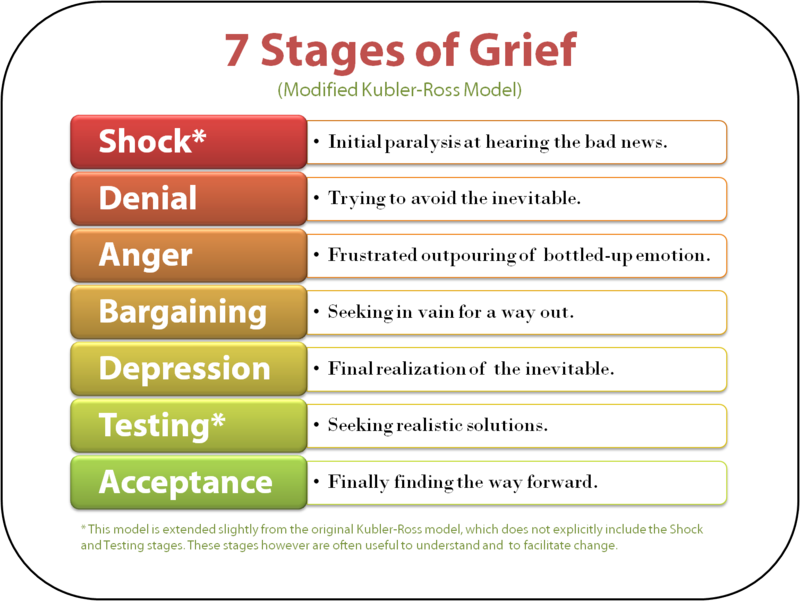
This positive bond involves mutual trust, liking, respect, and caring and includes establishing goals for therapy that both parties are equally committed to achieving. It creates a sense of shared responsibility and investment in the process.
Additionally, Hill and Knox (2001) explain that this relationship evolves as a counselor uses appropriate techniques that intensify client engagement, increase therapist influence, and thereby strengthen the alliance. Supportive and engaging procedures allow the client to become more involved in the process.
Behavior change
Behavior change is a critical component of the counseling process. Creating a strategy for behavior change is a crucial component of every established type of therapy, including CBT, person-centered therapy, and even psychoanalysis (Schueller, 2009).
Behavior change can be accomplished through emotional arousal, commitment, and environmental regulation.
Consciousness raising is a great starting point for clients.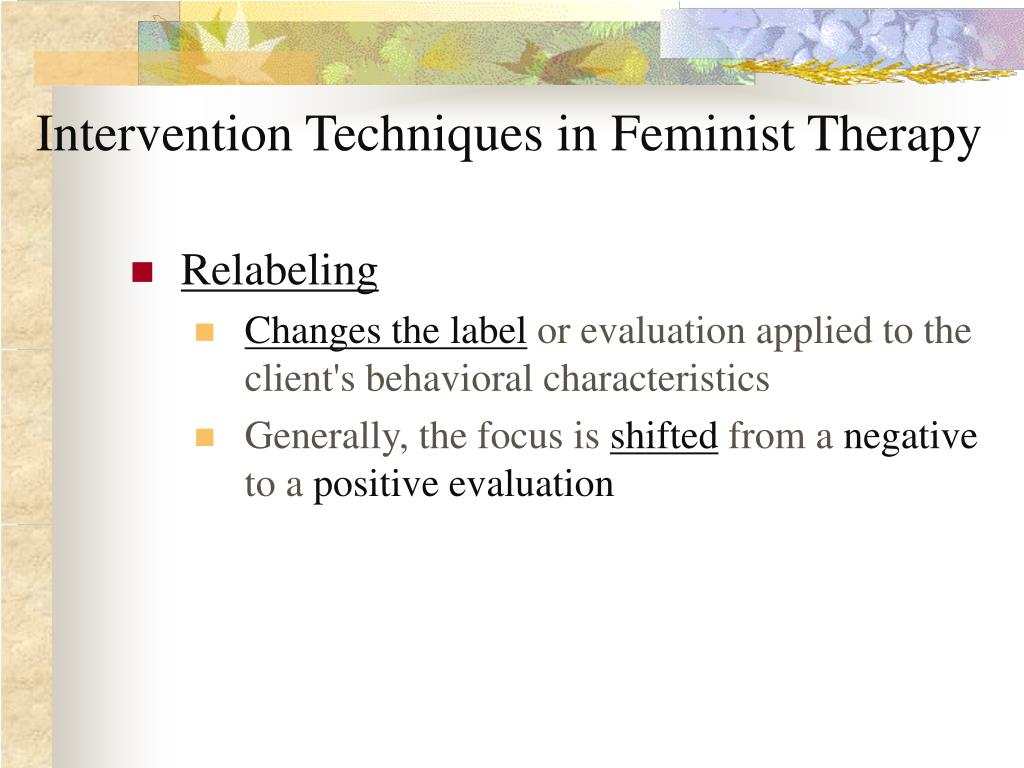 This approach invites clients to explore where they are, how their actions and attitudes influence their emotions and health, and what they want to become.
This approach invites clients to explore where they are, how their actions and attitudes influence their emotions and health, and what they want to become.
Another effective way to create behavior change is self-reevaluation. Examining a client’s core beliefs with this core belief worksheet is an excellent way to begin self-reevaluation.
6 Characteristics of a Good Counselor
There are six personal characteristics that are critical for good counselors and should be improved upon continually.
These include having good interpersonal skills and being trustworthy, flexible, hopeful/optimistic, culturally sensitive, and self-aware.
1. Interpersonal skills
Counselors must be able to express themselves clearly and effectively. It is important not only to be able to educate clients about therapeutic topics, but also to gauge the client’s understanding at any given time.
Being able to sense what clients are thinking and feeling and relate to them by showing warmth, acceptance, and empathy are cornerstones of effective therapy.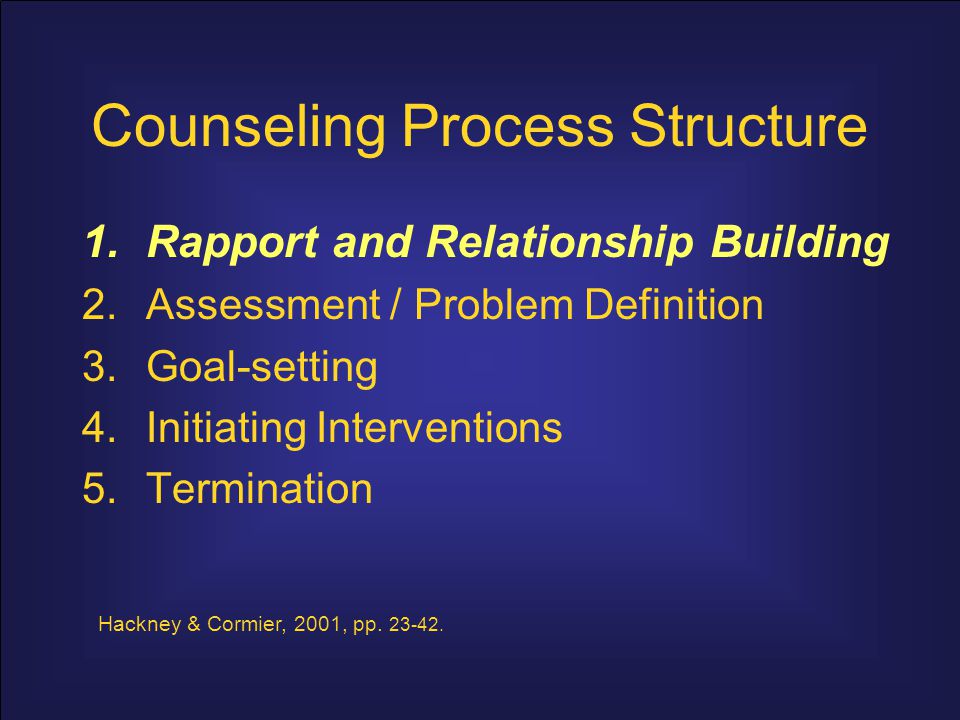 You can learn about and improve interpersonal skills and empathy by downloading our Emotional Intelligence Exercises.
You can learn about and improve interpersonal skills and empathy by downloading our Emotional Intelligence Exercises.
2. Trust
According to Hill and Knox (2001), most people determine whether they can trust someone within 50 milliseconds of meeting them. Counselors must be able to communicate verbally and nonverbally that they are trustworthy.
Clients need to feel comfortable sharing private, confidential information and parts of themselves that are often entirely unknown by others. Having faith in the quality of the relationship and the confidentiality of what is disclosed leads to a deeper connection with the therapist.
3. Flexibility
A good counselor will create a meaningful treatment plan that is individualized for each client. This means the counselor shouldn’t follow a rigid schedule of treatment or have a “one size fits all” approach.
Prochaska and Norcross (2001) found that some treatments are better than others for specific types of disorders.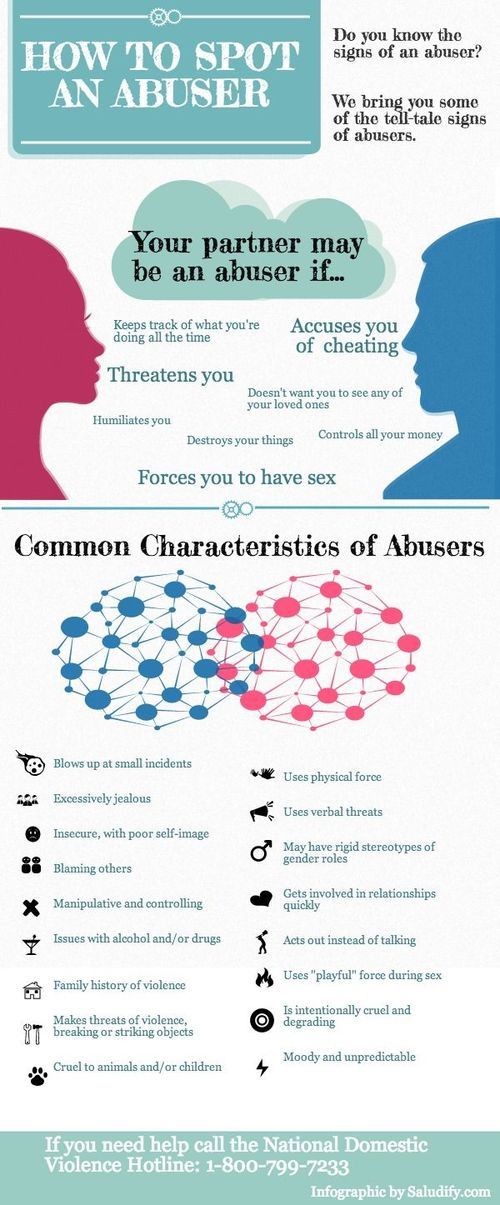 Matching the treatment to the client’s stage of readiness is the most effective way to implement therapeutic techniques. Additionally, counselors need to be able to adapt and change course if treatment is not working for the client.
Matching the treatment to the client’s stage of readiness is the most effective way to implement therapeutic techniques. Additionally, counselors need to be able to adapt and change course if treatment is not working for the client.
4. Hope and optimism
Hope is a wonderful motivator. Effective counselors can find a balance between realism and hope.
A good counselor will set realistic goals that engage the client and inspire a more optimistic outlook.
As attainable goals are reached, clients will develop a sense of resilience and confidence that can help in all areas of life. These traits are why positive psychology is such an effective method of improving emotional health.
5. Multicultural sensitivity
The American Psychological Association recommends that therapists adapt treatment to a client’s cultural values and show respect for differences, beliefs, and attitudes.
When working with clients, it is important to be educated and sensitive to issues of race, gender, ethnicity, sexual orientation, religion, and cultural background.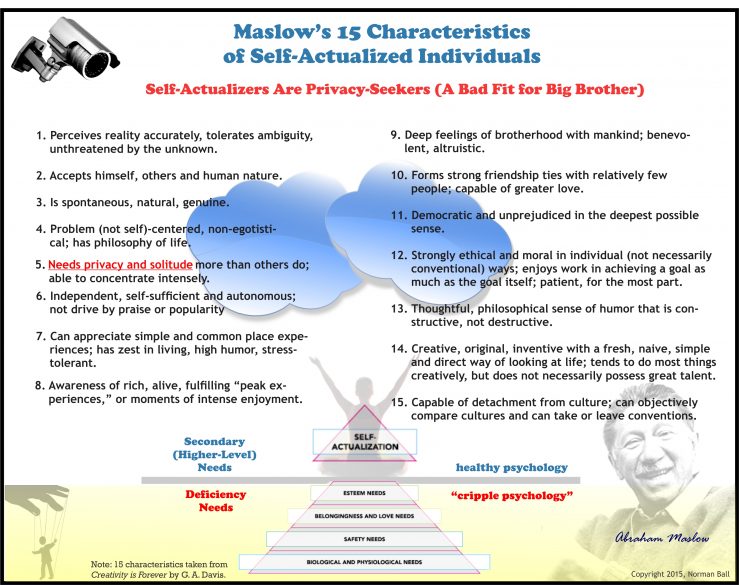
6. Self-awareness
An effective counselor can separate personal issues from those of the client. Countertransference is a phenomenon described by Freud where issues expressed by a client lead to an emotional reaction of the therapist.
When counselors can identify and manage responses to their own issues, they will be less likely to react to them during sessions, and it will eliminate any detrimental effects on therapy.
Part of self-awareness is the ability to know how much information should be disclosed to clients. This will vary on a case-by-case basis, but professional boundaries, personal insight, and the ability to read others are integral parts of this.
What is Non-Directive Counseling?
Non-directive counseling is all about the client.
It is also known as client-centered therapy.
It is a type of treatment where the therapist avoids giving advice or interpreting what they hear so that the client can discover things about themselves with minimal guidance.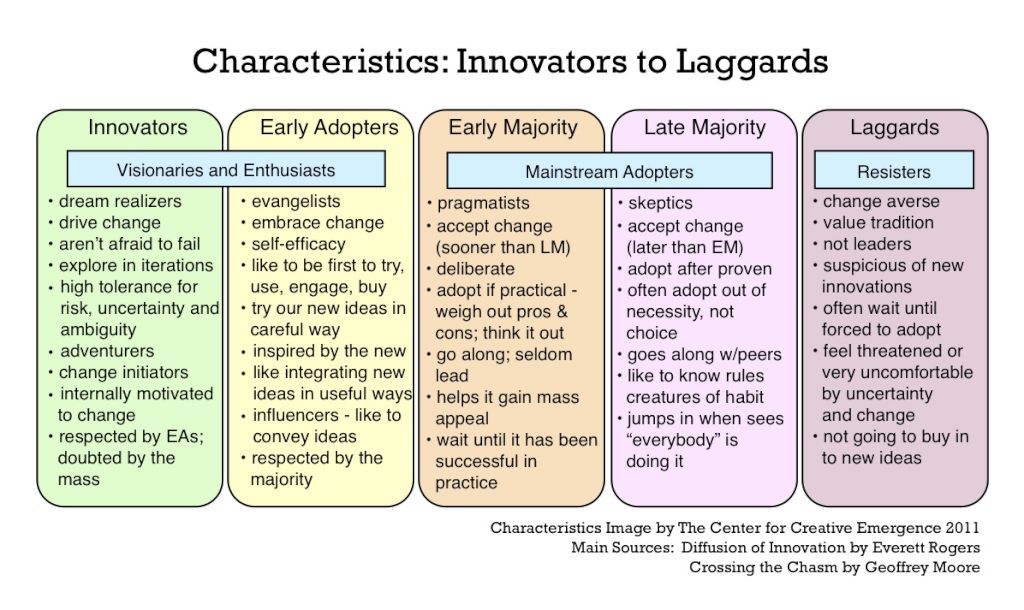
Rogers (1961) developed non-directive counseling as a more humane way to help with mental health than psychoanalysis or behavioral techniques. He proposed that therapists should be permissive and seek to understand the client’s feelings.
This client-centered therapy should focus on a client’s direct experiences and consciousness. Rogers (1961) stated that people tend toward self-actualization, which motivates them. Read our related blog post, which provides more guidance and gives practical tools for self-actualization.
For non-directive therapy to be successful, six conditions need to be met (Rogers, 1961). The first three are for the therapist to have empathy, congruence, and unconditional positive regard for the client.
The other three conditions are:
- A strong therapeutic alliance
- A client who is emotionally upset or in a state of incongruence
- A client who can know the counselor has unconditional positive regard
Most people can benefit from this counseling approach, but individuals who are more educated seem to adapt to the non-directive style more easily (Guilbeault, 2020).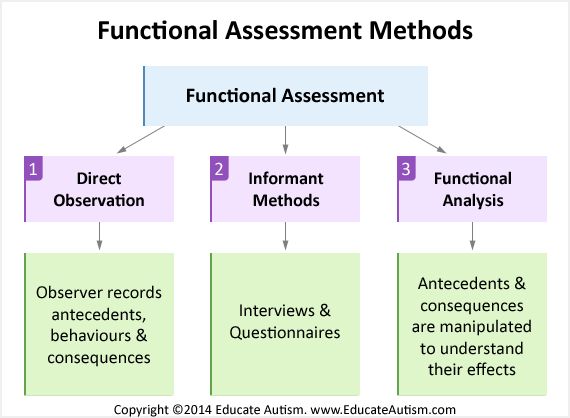 Clients should also enter the counseling setting with the right motivation and an approach that desires change and optimal wellbeing.
Clients should also enter the counseling setting with the right motivation and an approach that desires change and optimal wellbeing.
Counselor assumptions
The most important assumptions a counselor can bring to non-directive therapy are that humans are fundamentally good, that they desire healing and positive change, and that they have what they need within themselves to change their self-concept, attitudes, and behaviors (Rogers, 1961).
Above all else, there is a concept of fundamental human goodness and the belief that clients have the ability and potential to change.
Group Counseling Session Characteristics
The group dynamic in counseling can help remind people that they are not alone.
Group counseling sessions are led by at least one qualified therapist and usually include 5–12 group members who share the same mental health issues or common goals.
Group counseling is a common way to address everything from addiction to anxiety, parenting, grief/loss, anger management, and building self-esteem. Read our group therapy article for more in-depth insight into the intricacies and potential benefits of group therapy.
Read our group therapy article for more in-depth insight into the intricacies and potential benefits of group therapy.
Two approaches to group counseling
Of the various types of counseling groups, most can be divided into two main approaches.
A psychoeducational group provides members with information regarding specific issues and is led by a qualified therapist. The therapist or counselor directs group meetings, sets goals, and delivers content through instruction. As the counselor takes on the role of a teacher, the relationship between group members becomes less important.
On the other hand, process-oriented groups emphasize the group experience. The counselor is a facilitator rather than a teacher and leads the group in discussion. As members discuss and share group activities, they gain a sense of belonging and self-confidence.
Common Characteristics of Clients
Clients bring the sum of their experiences as well as their current state into the therapeutic relationship.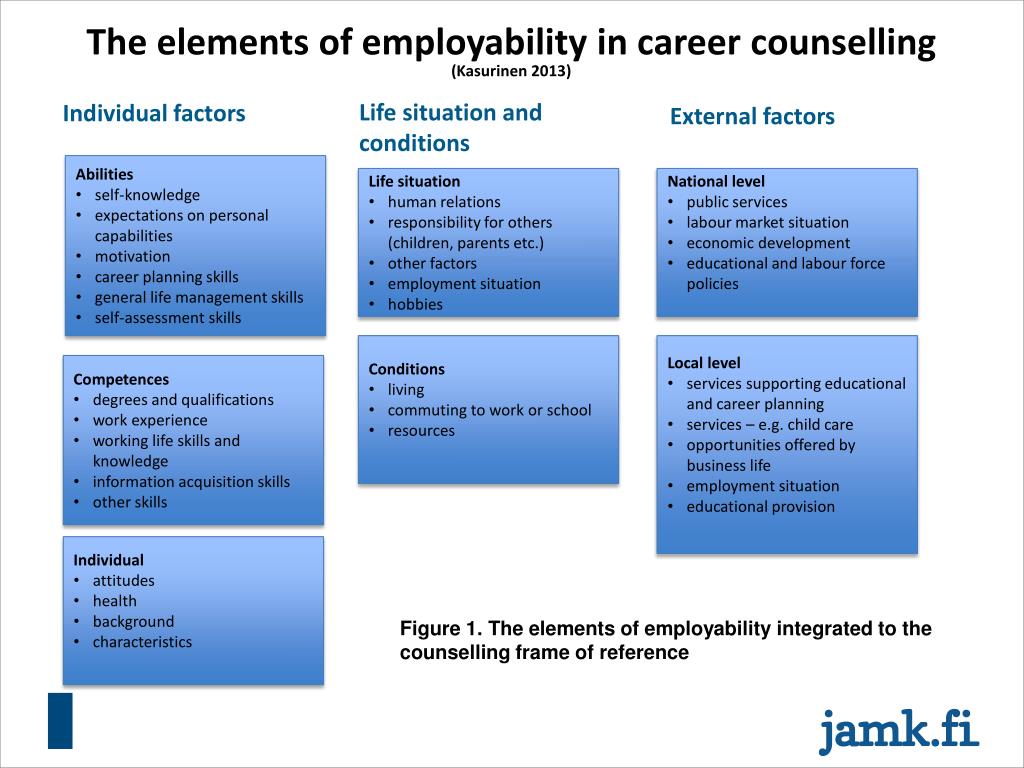 Client expectations, behaviors, and actions have a direct correlation to how effective counseling will be for them.
Client expectations, behaviors, and actions have a direct correlation to how effective counseling will be for them.
A client’s temperament, knowledge of relationships, ability to trust, stress/tolerance level, and cultural norms play a role in the counseling process. While race, gender, culture, and religion are all important “big picture” client characteristics, there are a few subtle characteristics that counselors should be aware of at the start of therapy.
Readiness to change
One of the most important predictors of successful therapy is the client’s readiness to change. Prochaska and Norcross (2001) developed the Transtheoretical Model of therapeutic change, which moves through precontemplation, contemplation, preparation, action, and maintenance.
The following diagram is from PsychCentral:
Prochaska and Norcross (2001) recommend that therapists assess the client’s stage of change and tailor interventions accordingly.
They estimate that 10–20% of clients are prepared for action, 30–40% are in contemplation, and 50–60% are in the precontemplation stage and need psychoeducation before any therapeutic interventions.
See more: The 6 Stages of Change: Worksheets for Helping Your Clients
Deference
Deference is the client’s submission to the thoughts, opinions, and ideas of another person (in this case, the counselor) who is seen as “superior.”
In the therapeutic relationship, the counselor is generally considered more expert than the client, which creates a power dynamic. This dynamic is often overlooked in counseling research and education.
Being deferential to the counselor is a client’s way of protecting the therapeutic alliance, but it can be detrimental if it suppresses the client’s opinions and desires (Rennie, 1994). Being aware that clients can be susceptible to deference may help counselors avoid conflict that comes from a client not feeling good enough or worthy of positive results in therapy.
Self-awareness
A client’s self-awareness plays a considerable role in the strength of the therapeutic alliance and the success of therapy.
Self-awareness allows clients to set achievable goals based on their personal strengths and weaknesses.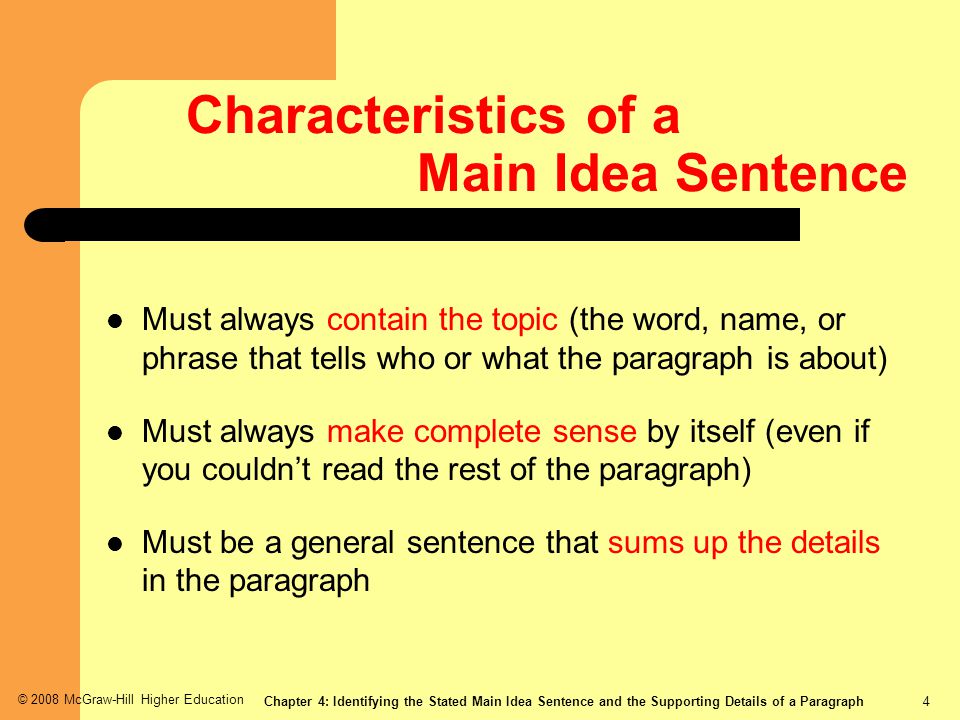 It also allows clients to make positive behavior changes and experience better personal and interpersonal relationships.
It also allows clients to make positive behavior changes and experience better personal and interpersonal relationships.
If clients come to counseling without self-awareness, that may be the first place to start with them. Our article on self-awareness explains the benefits it provides and offers practical ideas for strengthening it.
Self-disclosure
Most individuals struggle to share difficult parts of themselves. Still, for anything to get accomplished in counseling, a client must be willing to self-disclose personal information, feelings, and insights.
Farber, Berano, and Capobianco (1997) found that about half of clients keep secrets from their therapists. Lack of self-disclosure occurs most often in relationship issues, sexual problems, and perceived personal failures. This indicates that embarrassment, shame, and fear are significant deterrents for clients opening up.
The longer a client is in counseling, and the stronger the therapeutic alliance becomes, the more willing they will be to disclose information.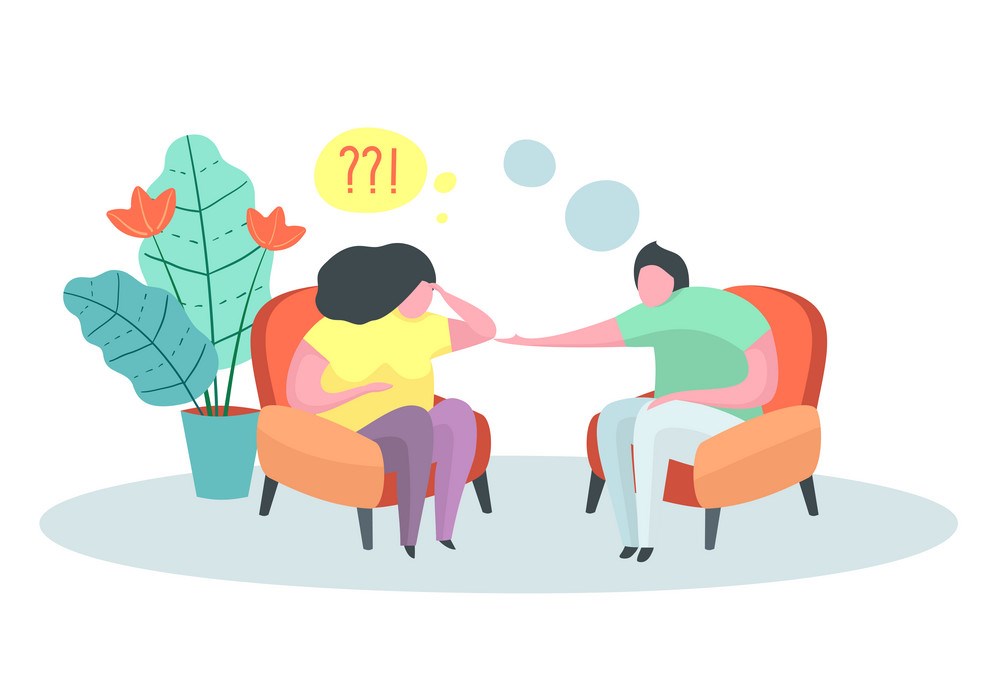
A Take-Home Message
Perhaps Dr. Ili Rivera Walter said it best:
Success as a therapist is not in doing something for the client, but rather being someone for the client.
When we can accept others as they are, meet them where they are, and have the self-awareness to be with them in their journey, true healing can occur.
Counseling is more than a profession; it is a science and an art. It is a relationship and a pathway that allows others to reach their full potential and truly experience life.
We hope you enjoyed reading this article. Don’t forget to download our three Positive Psychology Exercises for free.
- Bauml, J., Frobose, T., Kraemer, S., Rentrop, M., & Pitschel-Walz, F. (2006). Psychoeducation: A basic psychotherapeutic intervention for patients with schizophrenia and their families. Schizophrenia Bulletin, 32, 11–19.
- Farber, B., Berano, K., & Capobianco, J. (2004). Clients’ perceptions of the process and consequences of self-disclosure in psychotherapy.
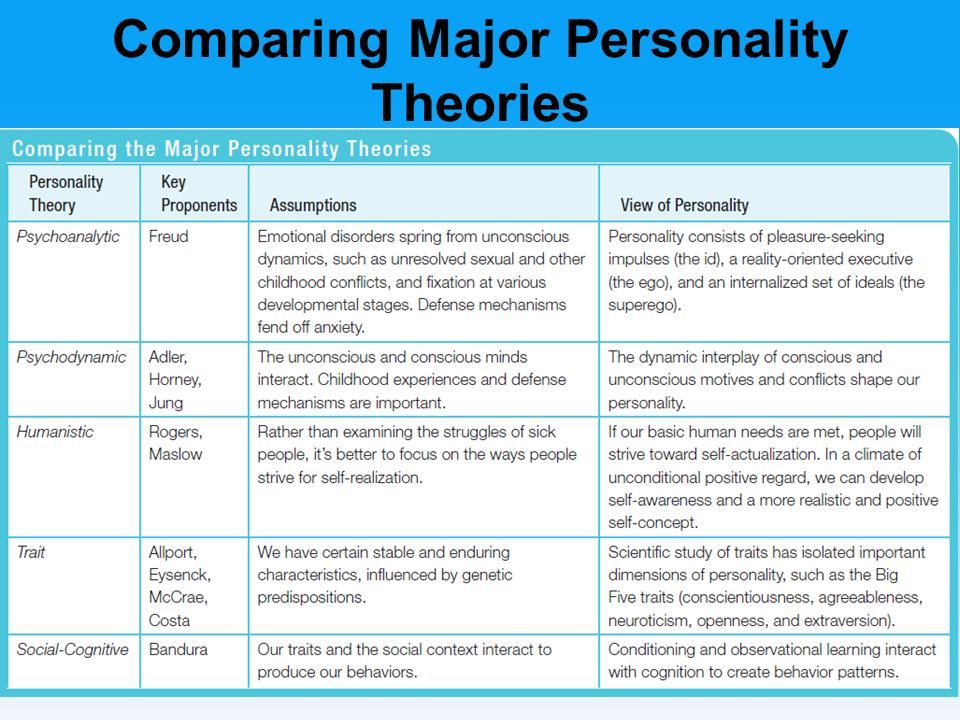 Journal of Counseling Psychology, 51, 340–346.
Journal of Counseling Psychology, 51, 340–346. - Guilbeault, L. (2020). What is the therapist’s role in non-directive therapy? Better Help. Retrieved August 4, 2020 from https://www.betterhelp.com/advice/therapy/what-is-the-therapists-role-in-nondirective-therapy/
- Hill, C., & Knox, S. (2001). Self-disclosure. Psychotherapy: Theory, Research, Practice, Training, 38, 413–417.
- Horvath, A. (2001). The alliance. Psychotherapy: Theory, Research, Practice, Training, 38, 365–372.
- Lambert, M. J. (1991). Introduction to psychotherapy research. Psychotherapy Research: An International Review of Programmatic Studies. Washington, DC: American Psychological Association.
- Meyers, L. (2014). Connecting with clients. Counseling Today, 18. Retrieved August 2020 from www.ct.counseling.org/2014/08/connecting-with-clients/#
- Prochaska, J., & Norcross, J. (2001). Stages of change.
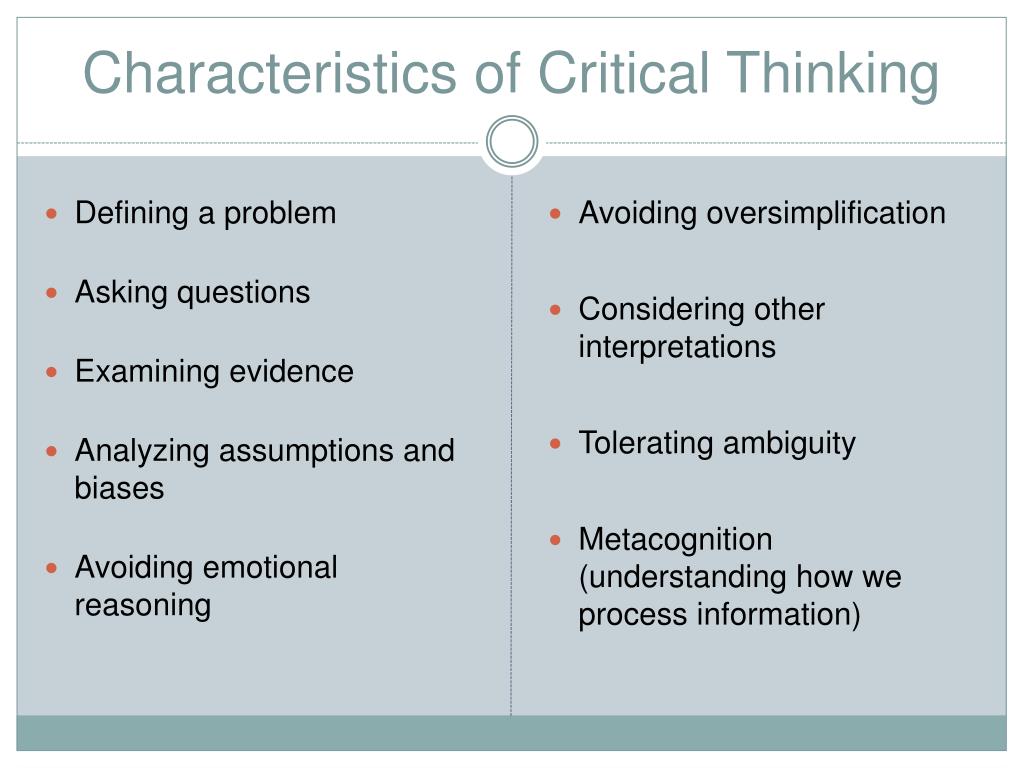 Psychotherapy: Theory, Research, Practice, Training, 38, 443–448.
Psychotherapy: Theory, Research, Practice, Training, 38, 443–448. - Rennie, D. (1994). Clients’ accounts of resistance in counseling: A qualitative analysis. Canadian Journal of Counseling, 28, 43–57.
- Rogers, C. (1957). The necessary and sufficient conditions of therapeutic personality change. Journal of Consulting Psychology, 21, 95–103.
- Rogers, C. (1961). On becoming a person: A therapist’s view of psychotherapy. New York, NY: Houghton Mifflin.
- Schueller, S. M. (2009). Promoting wellness: Integrating community and positive psychology. Journal of Community Psychology, 37, 922–937.
- Sexton, T. L. (1996). The relevance of counseling outcome research: Current trends and practical implications. Journal of Counseling and Development, 74, 590–600.
1. General characteristics of psychological counseling
Psychological counseling has its own, vividly pronounced specificity, which is determined subject, aims and objectives of this process, as well as how the consultant aware of his professional role in individual logic of family life.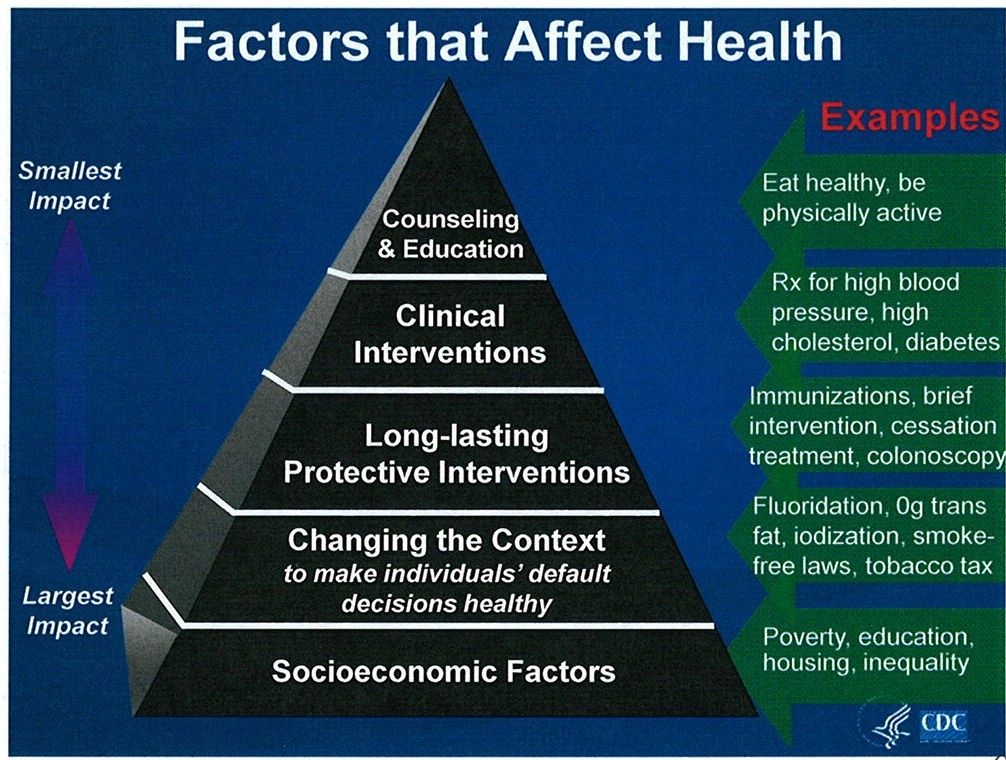 On the features of counseling, of course, influenced by theoretical preferences consultant [5].
On the features of counseling, of course, influenced by theoretical preferences consultant [5].
Widespread adoption psychology into practice naturally leads to the development of those areas which are traditionally referred to as methods of psychological influence. Among them, one of the most important undoubtedly belongs to the psychological counseling. Difficult to give a clear definition of this type of activity or unambiguously indicate the scope of its applications, because the word "consulting" has long been generic concept for various species advisory practice. Yes, in fact in any area in which psychological knowledge, in one way or another counseling is applied to the extent one of the forms of work.
primary goal psychological counseling - is the provision of psychological assistance, that is, a conversation with a psychologist should help people solve problems and building interpersonal relationships with those around you. But the answer is clear to the question of what exactly and how this psychological help should be expressed, not so easy. Basically, a person visited by a specialist, should be better than it was.
Basically, a person visited by a specialist, should be better than it was.
Consulting includes vocational counseling, both pedagogical and industrial counseling and counseling leaders and much more [5].
Consulting - working directly with people aimed at solving various types of problems associated with difficulties in interpersonal relationships, where the main means of influence is built in a certain way conversation.
Consulting helps a person choose and act at your own discretion.
Consulting helps to learn new behavior.
Consulting contributes to the development of personality.
In counseling the responsibility of the client is emphasized, those. acknowledges that independent, responsible individual is capable of relevant circumstances make independent decisions and The consultant creates the conditions for encourage volitional behavior of the client.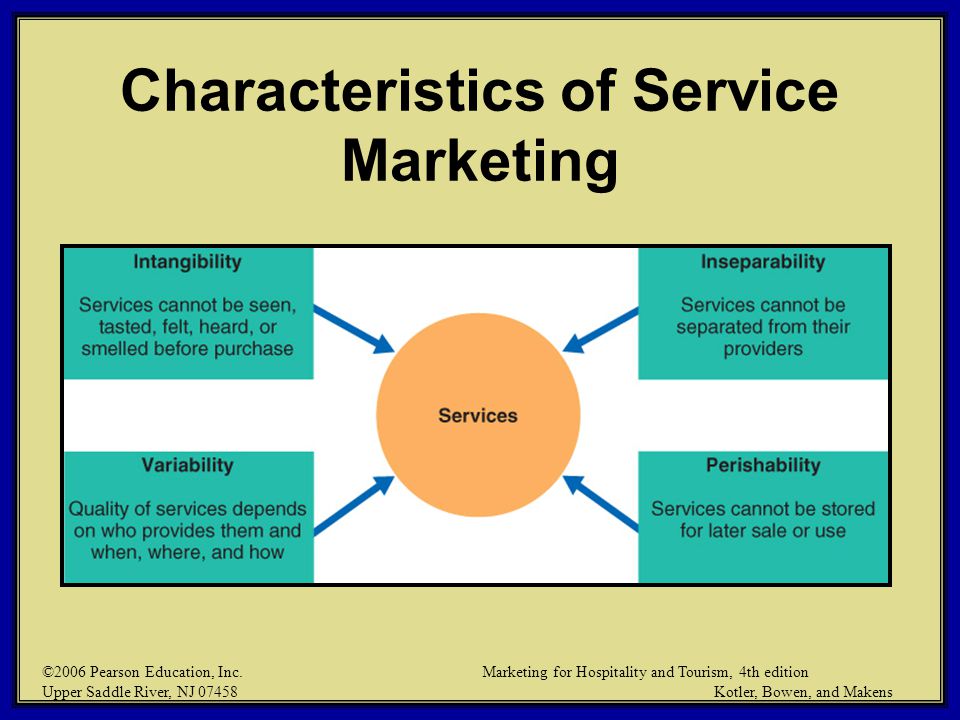
core counseling is “advisory interaction” between the client and philosophy-based consultant "client-centered" therapy.
So Thus, counseling can defined as a process of dialogue leading to be accepted solutions. It involves constant exchange of opinions and information, and not some single event.
Under structure psychological counseling understood set of technical steps pass the consultant and the client in the process counseling. These technical stages do not have rigid borders and represent a conditional division, the purpose of which is understanding the entire counseling process, not indication of exact compliance established algorithm of actions.
Each of the stages has its own distinctive features [6]:
specific targets and goals;
temporary Aspects;
tricks and techniques of the consultant, features his behavior;
peculiarities behavior and state of the client;
level emotional fullness and depth feelings.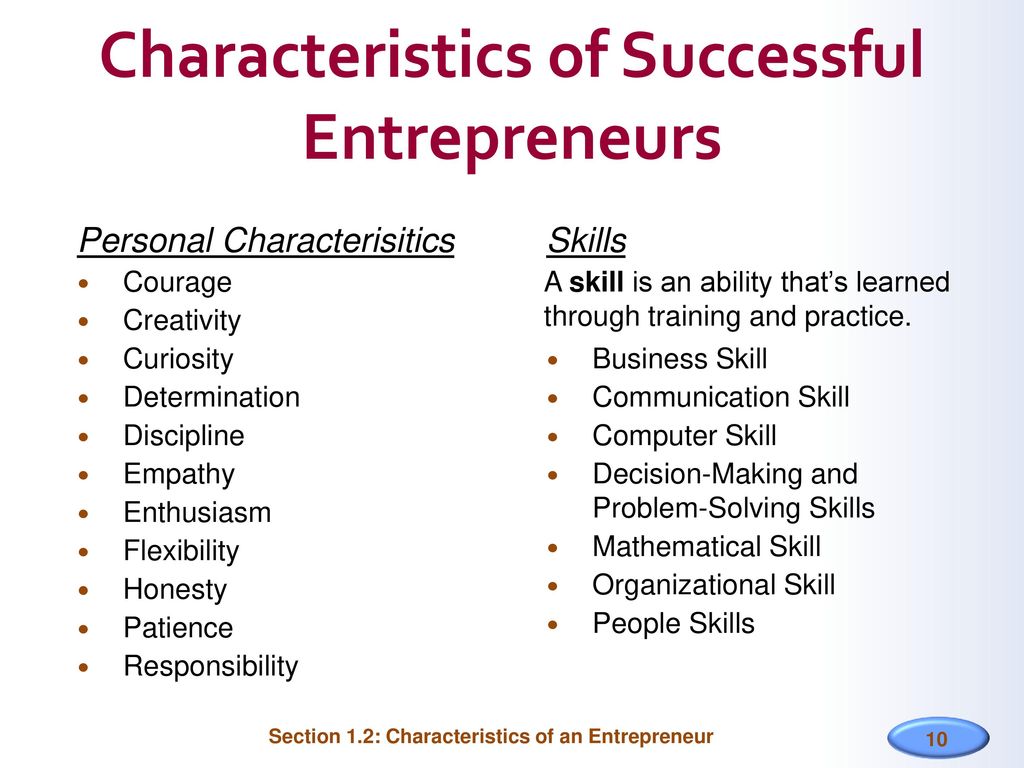 My structure has like the whole process counseling in in general, implying the dynamics of meetings at the beginning, middle, and end counseling, and each separate session inside counseling. 9
My structure has like the whole process counseling in in general, implying the dynamics of meetings at the beginning, middle, and end counseling, and each separate session inside counseling. 9
one. The study of the problem involves establishing contact (report) with the client and achieving mutual trust: you need to listen carefully a client talking about their difficulties, show maximum sincerity, empathy, caring, without resorting to evaluations and manipulation.
2. Two-dimensional problem definition is that the consultant seeks exactly describe the client's problems establish both emotional and its cognitive aspects. Clarification problems are maintained until the client and the consultant will not achieve the same understanding through specific concepts. A precise definition of the problem leads to understanding its causes and pointing out ways permissions. Back to this stage throughout the consultation if difficulties arise, ambiguities in problem formulation.
3. Identification alternatives - discussion stage possible alternative solutions to the problem with open questions. Client lists possible solutions problems that he considers appropriate and real, after which the consultant helps him put forward additional alternatives that the client can use directly. During conversations, a written list is made problem solving alternatives.
4. Planning involves a critical appraisal selected solution alternatives by analysis of alternatives in terms of previous experience and willingness to change, the interval required for changes in time, degree of stability reduce destructive, disorganizing client behavior. Provided means and methods for checking the realism the chosen solution (“rehearsal of actions”, role-playing games).
5. Activities - consistent implementation of the plan problem solving. consultant helps the client to build activities taking into account circumstances, time, emotional costs, as well as understanding the possibilities failure to reach the goal. Client learns that partial failure in activities should not stop him in the implementation of the problem solving plan, all actions should be associated with achieving the ultimate goal.
Client learns that partial failure in activities should not stop him in the implementation of the problem solving plan, all actions should be associated with achieving the ultimate goal.
6. Evaluation and feedback communication - assessment by consultant and client the level of achievement of the goal, the degree of resolution Problems. If necessary it is possible clarification of the solution plan. When new or deep-seated problems return to the previous stages is possible.
Characteristics of psychological counseling as a type of psychological assistance
Psychological counseling is a type of short-term psychological assistance (from one to ten meetings), focused on resolving a specific problem and restoring emotional balance.
The main means of influence is a conversation organized in a certain way. The essence of psychological counseling is that the psychologist, using special professional scientific knowledge, creates conditions for another person in which he experiences his new opportunities in solving his psychological problems. Psychological counseling as a type of psychological assistance is addressed to mentally normal people in order to achieve their goals of personal development.
Psychological counseling as a type of psychological assistance is addressed to mentally normal people in order to achieve their goals of personal development.
Psychological counseling solves the following main tasks:
1. Clarification (clarification) of the problem faced by the client.
2. Informing the client about the essence of the problem that he has, about the real degree of its seriousness. (Problem informing the client.)
3. A study by a counseling psychologist of the personality of the client in order to find out whether the client can independently cope with the problem that has arisen for him.
4. Clearly formulating advice and recommendations to the client on how best to solve their problem.
5. Ongoing assistance to the client in the form of additional practical advice offered at a time when he has already begun to solve his problem.
6. Teaching the client how best to prevent the occurrence of similar problems in the future (the task of psychoprophylaxis).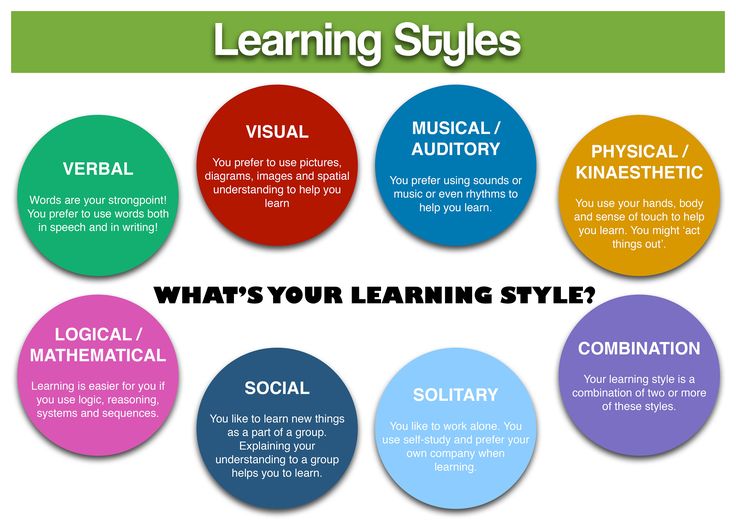
7. The transfer by the psychologist-consultant to the client of elementary, vital psychological knowledge and skills, the development and correct use of which is possible by the client himself without special psychological training. (Psychological and educational informing the client.)
Since different people need psychological counseling and they seek help for different reasons, psychological counseling can be divided into types depending on the individual characteristics of clients and the problems for which they turn to psychological counseling.
First of all, let's highlight the so-called intimate-personal psychological counseling, the need for which arises quite often and for many people. This type includes counseling on such issues that deeply affect a person as a person, cause him strong feelings, usually carefully hidden from people around him. These are, for example, such problems as psychological or behavioral deficiencies that a person would like to get rid of at all costs, problems associated with his personal relationships with significant people, various fears, failures, psychogenic diseases that do not require the intervention of a doctor, and much more. This may also include a person's deep dissatisfaction with himself, problems of intimate, such as sexual, relationships.
This may also include a person's deep dissatisfaction with himself, problems of intimate, such as sexual, relationships.
The next type of psychological counseling in terms of importance and frequency of occurrence in life is family counseling . It can include counseling on issues that arise in a person in his own family or in the families of other people close to him. These are, in particular, the choice of a future spouse, the optimal construction and regulation of relationships in the family, the prevention and resolution of conflicts in intra-family relationships, the relationship of a husband or wife with relatives, the behavior of spouses at the time of divorce and after it, the solution of current intra-family problems. The latter include, for example, the solution of issues of distribution of responsibilities between family members, family economics, and a number of others.
The third type of counseling - psychological and pedagogical counseling.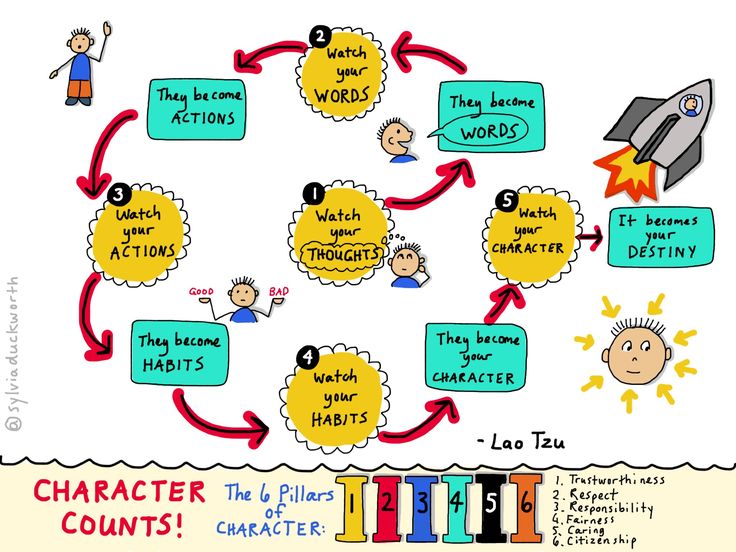 It can include a discussion between a consultant and a client on the issues of educating and raising children, teaching something and improving the pedagogical qualifications of adults, pedagogical leadership, managing children's and adult groups and teams. Psychological and pedagogical counseling includes the issues of improving programs, methods and teaching aids, the psychological justification of pedagogical innovations, and a number of others.
It can include a discussion between a consultant and a client on the issues of educating and raising children, teaching something and improving the pedagogical qualifications of adults, pedagogical leadership, managing children's and adult groups and teams. Psychological and pedagogical counseling includes the issues of improving programs, methods and teaching aids, the psychological justification of pedagogical innovations, and a number of others.
The fourth most common type of psychological counseling is business counseling . It, in turn, has as many varieties as there are various cases and activities for people. In general, such consulting is called business consulting, which is associated with the solution of business problems by people. These, for example, include issues of choosing a profession, improving and developing a person's abilities, organizing his work, increasing efficiency, conducting business negotiations, etc.
Each of the listed types of psychological counseling is somewhat similar to the others, for example, in that the problems that are the same in their psychological interpretation can arise in different types of activities and in different situations.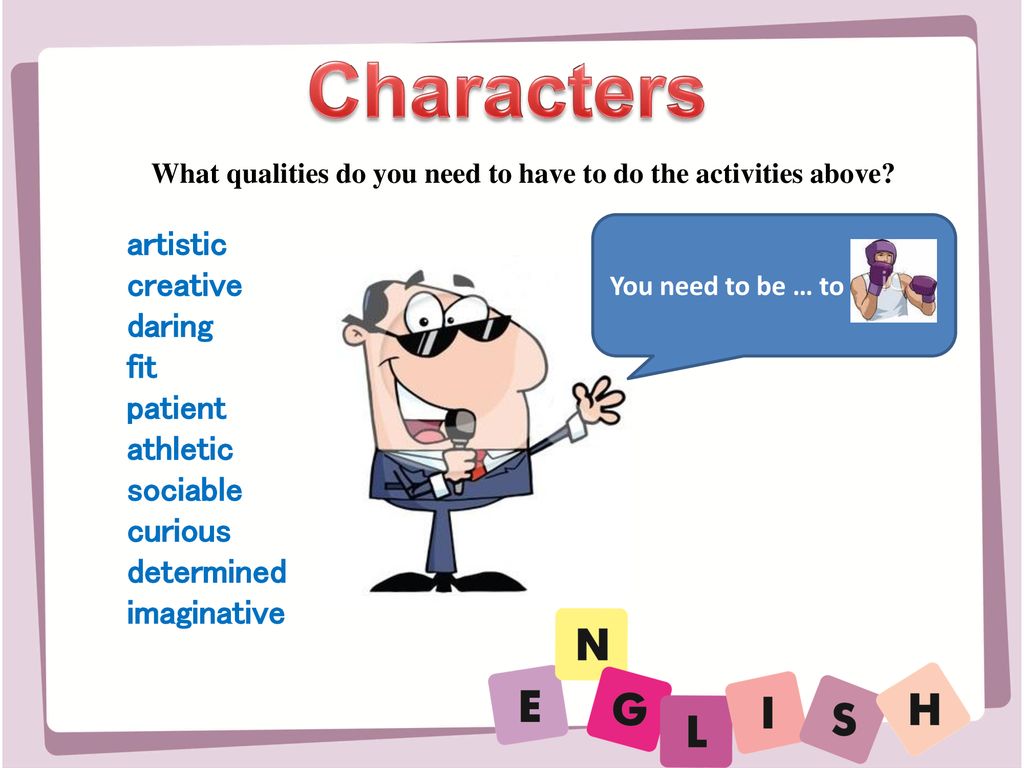
Professional training of a consultant psychologist consists in mastering a complex of knowledge, skills and abilities. He must have:
- the necessary theoretical knowledge in the field of psychology and other sciences related to it, the study of which is necessary for conducting psychological counseling at a high level;
- knowledge necessary for the organization of successful work of psychological counseling;
- developed skills in the field of practical communication with clients;
- quite extensive experience in conducting psychological counseling on various issues and with different people.
The difference between the work of a psychologist-consultant and the work of a scientist-psychologist and teacher of psychology is as follows. It is not necessary for a counseling psychologist to know everything that has been accumulated so far in science, even in those areas where he conducts psychological counseling. However, it is desirable for him to know everything that may be useful in practical work with people in psychological counseling. A consultant psychologist does not have to be able to correctly define scientific terms, organize and conduct scientific research. But it is important for him to learn how to connect the practical problems that people turn to him with scientific theoretical knowledge and to effectively use this knowledge to solve relevant problems. A consultant psychologist is not required to be able to teach psychology at a high scientific and methodological level, but it is important for him to learn how to convey to clients psychological knowledge that is useful to them and to present it convincingly and in an accessible form to uninitiated people.
A consultant psychologist does not have to be able to correctly define scientific terms, organize and conduct scientific research. But it is important for him to learn how to connect the practical problems that people turn to him with scientific theoretical knowledge and to effectively use this knowledge to solve relevant problems. A consultant psychologist is not required to be able to teach psychology at a high scientific and methodological level, but it is important for him to learn how to convey to clients psychological knowledge that is useful to them and to present it convincingly and in an accessible form to uninitiated people.
The whole process of psychological counseling from beginning to end can be represented as a sequence of main stages of counseling, each of which is necessary in the course of counseling in its own way, solves a particular problem and has its own specific features.
The main stages of psychological counseling are as follows:
1. Preparatory stage.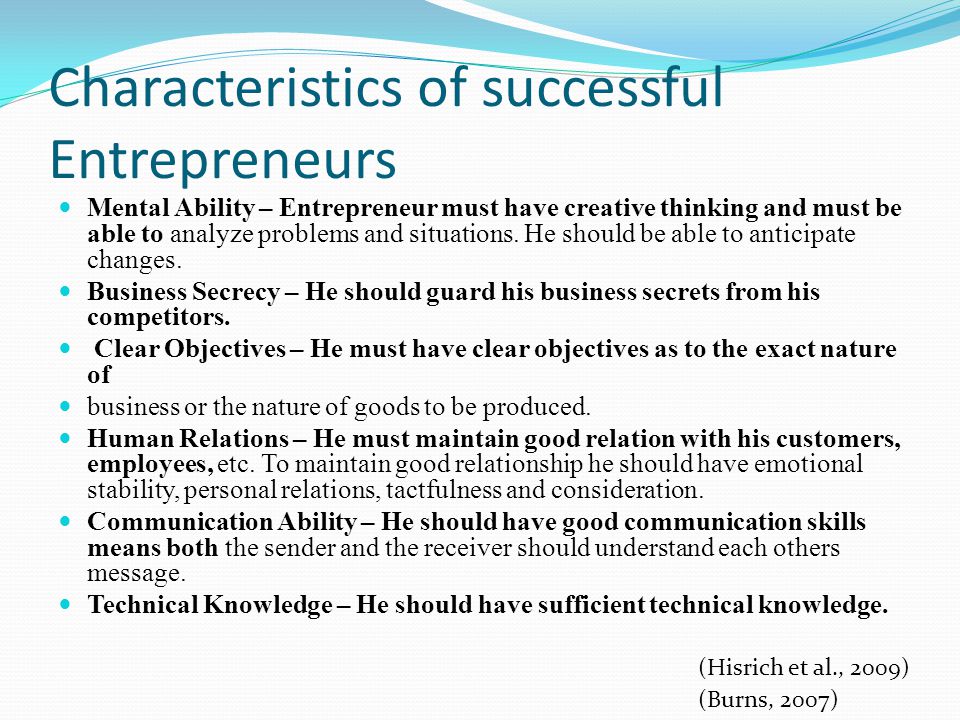 At this stage, the psychologist-consultant gets to know the client according to the preliminary record available about him in the registration log, as well as according to the information about the client that can be obtained from third parties, for example, from the employee of the psychological consultation who accepted the application from the client for a consultation. At this stage of work, the psychologist-consultant, in addition, prepares himself for the consultation, performing almost everything that was discussed in the previous section of this chapter. The working time of a psychologist-consultant at this stage is usually from 20 to 30 minutes.
At this stage, the psychologist-consultant gets to know the client according to the preliminary record available about him in the registration log, as well as according to the information about the client that can be obtained from third parties, for example, from the employee of the psychological consultation who accepted the application from the client for a consultation. At this stage of work, the psychologist-consultant, in addition, prepares himself for the consultation, performing almost everything that was discussed in the previous section of this chapter. The working time of a psychologist-consultant at this stage is usually from 20 to 30 minutes.
2. Setup step. At this stage, the psychologist-consultant personally meets the client, gets to know him and tunes in to work with the client. The client does the same. On average, this stage in time, if everything else is already prepared for the consultation, can take from 5 to 7 minutes.
3. Diagnostic stage. At this stage, the psychologist-consultant listens to the client's confession and, on the basis of its analysis, clarifies and clarifies the client's problem. The main content of this stage is the client's story about himself and his problem (confession), as well as the client's psychodiagnostics, if it becomes necessary to clarify the client's problem and find its optimal solution. It is not possible to accurately determine the time required for this stage of psychological counseling, since much of its definition depends on the specifics of the client's problem and his individual characteristics. In practice, this time is at least one hour, excluding the time required for psychological testing. Sometimes this stage of psychological counseling can take from 4 to 6-8 hours.
4. Recommendation stage. The psychologist-consultant, having collected the necessary information about the client and his problem at the previous stages, at this stage, together with the client, develops practical recommendations for solving his problem. Here, these recommendations are refined, clarified, concretized in all essential details. The average time usually spent to go through this stage of psychological counseling is from 40 minutes to 1 hour.
5. Control stage. At this stage, the counseling psychologist and the client agree with each other on how the practical implementation of the practical advice and recommendations received by the client will be monitored and evaluated. Here the question of how, where and when the psychologist-consultant and the client will be able to further discuss additional issues that may arise in the process of implementing the developed recommendations is also resolved. At the end of this stage, if necessary, the counselor and the client can agree with each other on where and when they will meet next. On average, work at this final stage of psychological counseling takes 20–30 minutes.
Summarizing all the above, it can be established that on average, it may take from 2–3 to 10–12 hours to complete all five stages of psychological counseling (without the time allotted for psychological testing).
In accordance with the above the definition of the effectiveness of psychological counseling, its results can be assessed in different ways:
- firstly, according to the client's self-awareness, according to how much better he began to feel after psychological counseling;
Along with this lecture read "35th Declaration of Independence of the Republic of Belarus".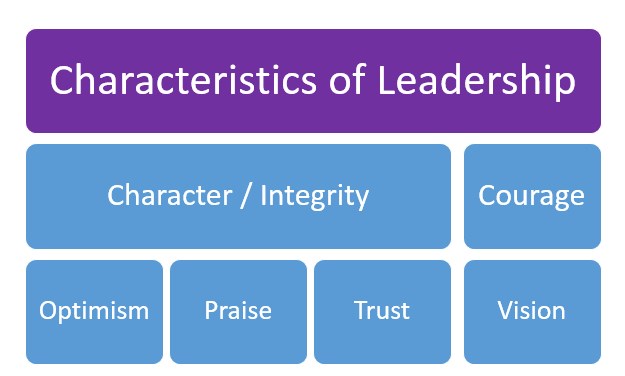
- secondly, according to the results of psychological testing of the states and psychological properties (personality characteristics) of the client;
- thirdly, according to observations from outside the behavior of the client. It is possible to evaluate the results of the consultation carried out according to each of the above criteria separately, or better - according to all such criteria taken together.
In order for the evaluation of the results of counseling to be sufficiently accurate, it is necessary to decide in advance, before the start of psychological counseling, how its results will be evaluated. It is advisable to discuss possible methods of evaluation with the client, and this applies to both the main results and the evaluation procedure. This must be done so that even before the start of the consultation, the client definitely knows how it will be possible to make sure that the consultation was successful, that the client really received quite definite benefits from it.